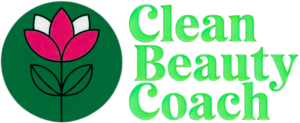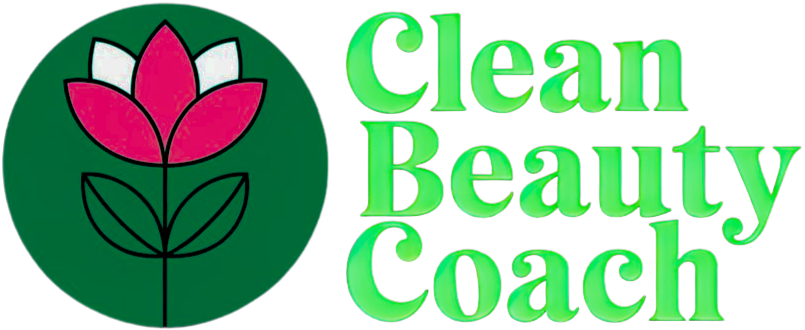SaaS platform development represents a powerful opportunity for women entrepreneurs and professionals in the digital landscape.
The Software-as-a-Service industry continues to expand rapidly, creating unique opportunities for female founders and tech leaders.
Understanding the fundamentals of SaaS platform development can empower women to build innovative, profitable businesses.
This guide explores everything you need to know about creating a successful SaaS platform from a woman’s perspective.
What Is a SaaS Platform?
SaaS stands for Software-as-a-Service, a cloud-based delivery model that allows users to access software applications over the internet.
Instead of installing and maintaining software, you simply access it via the web, paying a subscription fee.
Examples include popular tools like Slack, Salesforce, or Canva—platforms women use daily in business operations.
These platforms provide solutions to specific problems without requiring hardware investments or complex installations.
Why SaaS Appeals to Women Entrepreneurs
The SaaS business model offers flexibility and scalability that aligns perfectly with many women entrepreneurs’ priorities.
Remote work capabilities inherent in SaaS businesses enable better work-life integration.
Lower initial capital requirements compared to traditional software development make market entry more accessible.
Recurring revenue models provide stability and predictable income streams.
Women-led SaaS companies often demonstrate strong customer empathy, a critical factor in platform success.
Key Steps in SaaS Platform Development
Market Research and Validation
Begin by identifying a specific pain point that your SaaS platform will solve for your target audience.
Research competing solutions to understand market gaps and opportunities.
Survey potential users to validate your concept before investing significant resources.
Create user personas that reflect your ideal customers, considering their specific needs and pain points.
Consider industries where women are traditionally well-represented as potential markets for your SaaS solution.
Defining Your Unique Value Proposition
Articulate clearly what makes your SaaS platform different from existing solutions.
Focus on benefits rather than features when communicating your value.
Consider how your perspective as a woman might inform unique approaches to solving industry problems.
Your UVP should address specific challenges faced by your target audience.
Business Model Planning
Choose a pricing strategy that aligns with your target market’s expectations and your value delivery.
Consider tiered pricing structures to accommodate different user needs and budgets.
Plan your customer acquisition strategy and calculate customer lifetime value.
Determine your break-even point and runway requirements.
Building Your Development Team
Assemble a diverse team with complementary technical and business skills.
Consider working with other women in tech to foster an inclusive development environment.
Decide whether to build in-house, outsource development, or use a hybrid approach.
Look for team members who understand your vision and target audience.
Technical Architecture Decisions
Choose between single-tenant or multi-tenant architecture based on your business needs.
Select appropriate programming languages and frameworks for your platform.
Plan for scalability from the beginning to accommodate future growth.
Consider security requirements, especially for industries with strict compliance regulations.
Essential Features for Your MVP
Focus on core functionality that directly addresses your users’ primary pain point.
Include robust user authentication and basic account management.
Implement a simple, intuitive user interface designed with your target audience in mind.
Ensure your platform collects meaningful analytics to guide future development.
User Experience Design
Create clean, intuitive interfaces that prioritize simplicity and ease of use.
Design with mobile responsiveness in mind, as many women professionals work across multiple devices.
Use color psychology and visual elements that resonate with your target demographic.
Test your UX design with actual users from your target market.
Development and Testing
Employ agile methodologies to enable iterative development and quick pivots.
Implement comprehensive testing protocols, including automated and manual testing.
Pay special attention to security testing to protect user data.
Consider accessibility features to make your platform inclusive to all users.
Launch Strategy
Plan a phased rollout to manage technical issues and gather initial feedback.
Consider a beta testing program with real users to refine your platform before full launch.
Prepare comprehensive onboarding materials to help new users succeed.
Develop a communication plan for your launch announcement.
Marketing Your SaaS Platform
Content Marketing Strategies
Develop educational content that demonstrates your expertise and platform benefits.
Start a blog addressing common challenges your target audience faces.
Create case studies featuring early adopters who have achieved success with your platform.
Utilize social media platforms where your audience is most active.
Building a Community
Foster connections among your users through forums or discussion groups.
Host virtual events or webinars to showcase platform features and gather feedback.
Establish yourself as a thought leader in your niche through speaking engagements.
Celebrate the successes of women using your platform to solve business challenges.
Growth Hacking Techniques
Implement referral programs to encourage word-of-mouth marketing.
Use A/B testing to optimize your website conversion rates.
Consider strategic partnerships with complementary services or products.
Leverage email marketing for nurturing leads and engaging existing customers.
Post-Launch Development
Gathering and Implementing Feedback
Create multiple channels for users to provide feedback on your platform.
Prioritize feature requests based on user impact and strategic alignment.
Communicate regularly with users about improvements and new features.
Show appreciation for feedback, especially constructive criticism.
Scaling Challenges and Solutions
Prepare for technical scaling as your user base grows.
Build redundancy into your systems to prevent outages.
Consider geographic expansion and localization requirements.
Adjust your team structure and processes as you grow.
Measuring Success
Track key performance indicators relevant to SaaS businesses, such as Monthly Recurring Revenue and Customer Acquisition Cost.
Monitor customer satisfaction metrics like Net Promoter Score.
Analyze user engagement patterns to identify opportunities for improvement.
Measure churn rate and implement retention strategies.
Success Stories: Women in SaaS
Consider the journey of Sara Blakely, who built Spanx into a billion-dollar company by solving a specific problem for women.
Look to Melanie Perkins, who co-founded Canva with a vision to make design accessible to everyone.
Study Whitney Wolfe Herd’s approach with Bumble, which leveraged her unique perspective on social connection.
Each of these women identified gaps in the market and created innovative solutions.
Challenges and How to Overcome Them
Access to funding remains a significant hurdle for many women entrepreneurs in tech.
Networking strategically and building relationships with investors can help overcome funding challenges.
Impostor syndrome affects many women in technical fields, but mentorship and community support can provide confidence.
Work-life balance requires intentional boundaries, especially when building a business.
The Future of SaaS for Women Entrepreneurs
AI and machine learning integration presents exciting opportunities for platform enhancement.
Vertical SaaS solutions targeting female-dominated industries show significant growth potential.
Increasing demand for diverse perspectives in tech creates openings for women-led innovations.
Evolving remote work trends continue to favor the flexibility of SaaS business models.
Conclusion
SaaS platform development offers a compelling path for women seeking to create impactful, scalable businesses.
Your unique perspective as a woman can be your greatest advantage in identifying unmet needs in the market.
Starting with careful planning and a clear understanding of your target users increases your chances of success.
The growing ecosystem of women in tech provides community support and mentorship opportunities.
Now is an excellent time to leverage your expertise and vision to create a SaaS platform that solves real problems.
Remember that many successful SaaS companies started small and grew through consistent improvement and customer focus.
Your journey in SaaS platform development can transform not only your career but also the landscape for other women in technology.







